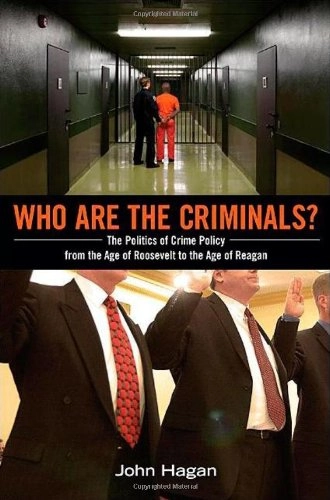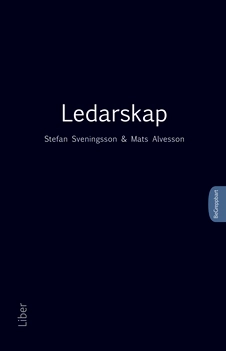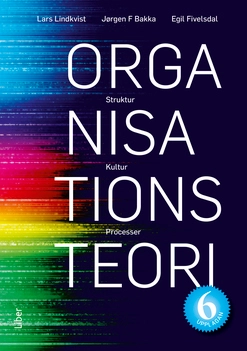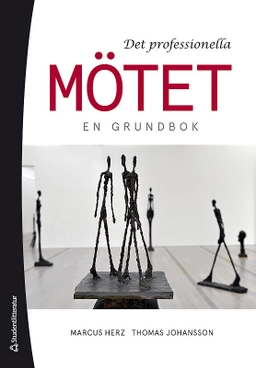

Who Are the Criminals?: The Politics of Crime Policy from the Age of Roosevelt to the Age of Reagan
- Utgiven: 2010
- ISBN: 9780691148380
- Sidor: 314 st
- Förlag: Princeton University Press
- Språk: Engelska
Om boken
Åtkomstkoder och digitalt tilläggsmaterial garanteras inte med begagnade böcker
Mer om Who Are the Criminals?: The Politics of Crime Policy from the Age of Roosevelt to the Age of Reagan (2010)
2010 släpptes boken Who Are the Criminals?: The Politics of Crime Policy from the Age of Roosevelt to the Age of Reagan skriven av John Hagan. Den är skriven på engelska och består av 314 sidor. Förlaget bakom boken är Princeton University Press.
Köp boken Who Are the Criminals?: The Politics of Crime Policy from the Age of Roosevelt to the Age of Reagan på Studentapan och spara pengar.
Referera till Who Are the Criminals?: The Politics of Crime Policy from the Age of Roosevelt to the Age of Reagan
Harvard
Oxford
APA
Vancouver



















